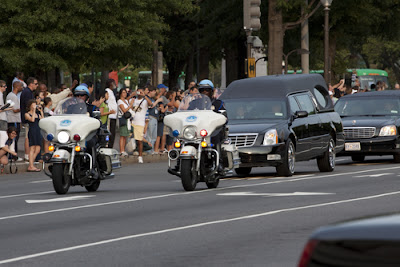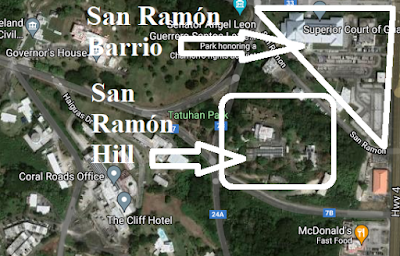Tuesday, May 25, 2021
CHAMORRO EXPRESSIONS : KORASON FÅHA
Tuesday, May 18, 2021
AN OLD CUSTOM
UNA ANTIGUA COSTUMBRE
Era una práctica muy común. Pero hoy, incluso muchos
católicos devotos de las Islas Marianas ya no lo hacen.
Consiste en santiguarse cada vez que se pasa por delante de
una iglesia, un cementerio, un cortejo fúnebre o una imagen religiosa.
IGLESIA
La razón por la que se hace la Señal de la Cruz, o nos
bendecimos, al pasar por una iglesia, es porque "Jesús está allí". Lo
que se quiere decir específicamente es que el Verdadero Cuerpo y Sangre de
Jesús, bajo la apariencia de pan y vino, están en una iglesia, ubicados en el
Sagrario.
El pan y el vino ordinarios son consagrados por un
sacerdote, que ha recibido el poder de un obispo, cuyos poderes a su vez se
remontan 2000 años hasta la Última Cena, donde Jesús les dijo a sus Doce
Apóstoles: "Hagan esto en conmemoración mía". Una vez que el
sacerdote consagra el pan y el vino en la Misa, ya no son pan y vino, sino el
Verdadero Cuerpo y Sangre de Jesús. "Éste es mi Cuerpo, ésta es la Copa de
mi Sangre", dijo Jesús en la Última Cena.
Cuando termina la Misa y quedan Hostias sobrantes, se
colocan en el Sagrario. Entonces, por eso, nos bendecimos al pasar por una
iglesia. Como otras iglesias cristianas no tienen esto, no nos bendecimos al
pasar por esas iglesias.
CEMENTERIO
Nos bendecimos al pasar por un cementerio por las personas
enterradas allí. Oramos por sus almas y nos santiguamos cuando comenzamos y
terminamos las oraciones.
CORTEJO FÚNEBRE
Cuando pasa un coche fúnebre, nos bendecimos mientras oramos
por los difuntos de ese coche. Antes, si uno caminaba por la carretera cuando
pasaba una procesión fúnebre, dejaba lo que estaba haciendo hasta que la
procesión terminaba de pasar. Si uno era un hombre que llevaba sombrero, se
quitaba el sombrero.
IMÁGENES RELIGIOSAS
En la antigüedad, se plantaron un montón de grandes cruces
por todas las Islas Marianas. Uno haría la Señal de la Cruz al pasar por éstas
u otras imágenes religiosas notables.
ADEMÁS....
Mucha gente se bendecía al sentir un temblor, o al hacer una
promesa, o al hablar de un enfermo o de alguien que necesitaba algo, o cuando
pasaba una ambulancia (para rezar por el paciente), antes de entrar en la
selva, para ahuyentar a alguien malvado o cuando se tenía miedo.
GUMINA'AN I TATA
"Hacer la Señal de la Cruz" en el idioma chamorro
se dice Gumina'an i Tata, de las primeras palabras de la oración "Gi na'an
i Tata", "En el nombre del Padre".
Terminaba con el pulgar hacia la nariz porque la Señal de la
Cruz completa iba acompañada de una cruz que se hacía cruzando el pulgar con el
dedo índice. No se estaba besando el pulgar; uno besaba la cruz hecha por el
cruce del pulgar y el índice, que formaban una cruz.
Originariamente, ésta era la forma correcta de poner los dedos de la mano derecha al hacer la Señal de la Cruz. Pero, con el tiempo, la gente se volvió perezosa y perdió la manera original. Publicaré sobre la Señal de la Cruz tradicional en una futura publicación.








